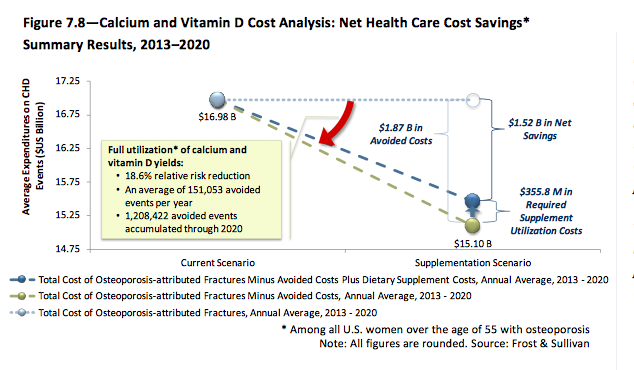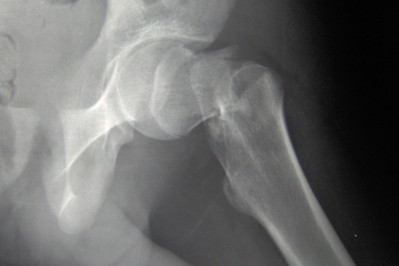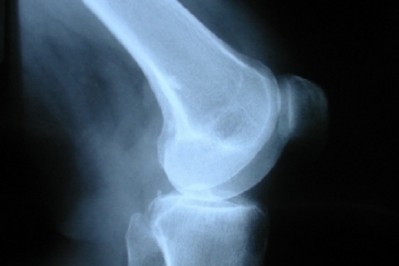Combating osteoporosis with calcium, vitamin D could save as much as $12 billion by 2020, CRN says

According to the report, which was conducted by the research firm Frost & Sullivan at CRN’s behest, 29% of postmenopausal women over the age of 55 are already using calcium and vitamin D supplements. This is the population group most at risk for osteoporosis and the negative health effects that stem from it, including falls and fractures and the potential for loss of independence. The impact of supplementation for this group has been quantified, said Steve Mister, president and CEO of CRN.
Risk reduction
“There is significant reduction of risk with supplementation,” Mister told NutraIngredients-USA. “Research showed an 18% reduction of falls and fractures in this group. I think on the average 15% of this group will have a fall or fracture in a given year, and reducing that by 18%, you come out with a pretty big number of people who have been helped.”
Mister said a cost savings of more than $1.5 billion by 2020 was calculated for this group using the average cost of an event for an individual in this group. But with 71% of this population group still to be reached with this intervention, the cost savings potential could reach the $12 billion level, he said. That idea of early, inexpensive and preventive intervention works in concert with the sad fact that drugs administered after an individual’s osteoporosis is already well along have shown only very limited effectiveness in rebuilding loss bone density.
“One of the things is that when you get to the point of looking at drugs you are looking at people that are already well along and now you are looking at trying to stop already significant bone loss. And the cost of the drugs is significant,” Mister said.
“We looked at a preventive level of supplementation, which was set at 1000 mg of calcium and 800 IU of vitamin D per day. That works out to about 16 cents a day. That is a very inexpensive intervention that can be started early on, which is especially important if an individual is at risk with a family history of osteoporosis,” he said.
Mister said the cost savings calculations were done in what he called a very conservative manner, basically adding up the cost of the individual events that will be forestalled in this group. Not included were the costs to the economy that might be saved such as lost work time for the affected individual and perhaps for caregivers in their family or even harder to quantify costs such as pain and suffering.
Methodology
Mister said the report looked at all of the studies on the effects of vitamin D with calcium on bone health to try to come up with an overall impact statement.
“It is almost like a meta analysis. We had to have a large enough number of studies to go into the pot to be fairly confident in the numbers we had. That 18% number was based on the totality of evidence,” he said.
Mister said CRN focused on the calcium-vitamin D combination because of the huge number of studies from which to choose. Other ingredients, such as vitamin K2 and calcium and collagen combinations, show promise, he said, and might be included in future iterations of the massive report, which looks at the economic impact of many forms of supplementation.
“We thought we were being very conservative in the construction of this methodology,” Mister said. “We had a limited number of things that we could look at. We decided to start with things that already had a good evidence base. The methodology is set up in such a way that we can add more ingredients in the future.”
To read the full report, titled “Smart Prevention—Health Care Cost Savings Resulting from the Targeted Use of Dietary Supplements,” click here.
















